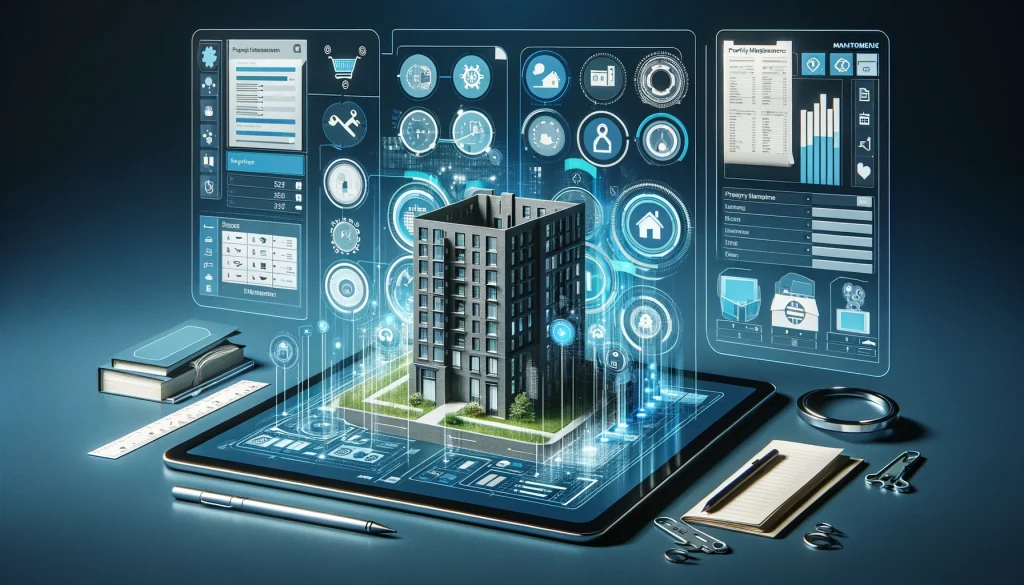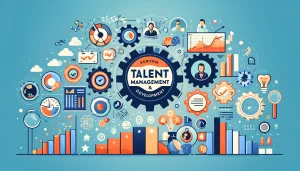A Property Maintenance System is a software solution designed to streamline and optimize the management of property maintenance activities, whether it be for residential, commercial, or institutional properties. Here are the key components and functionalities typically found in such a system:
Work Order Management:
Create, assign, and track work orders for property maintenance tasks such as repairs, inspections, and preventive maintenance.
Prioritize work orders based on urgency, severity, and impact on tenants or occupants.
Monitor the status of work orders from creation to completion, including task assignment, progress updates, and resolution.
Asset Management:
Maintain a database of property assets, equipment, and facilities requiring maintenance.
Track asset details such as location, condition, warranty information, and maintenance history.
Schedule preventive maintenance tasks and inspections to prolong asset lifespan and reduce downtime.
Vendor Management:
Manage relationships with external vendors, contractors, and service providers for property maintenance.
Request quotes, negotiate contracts, and track vendor performance.
Streamline communication and collaboration with vendors through the system.
Inventory Management:
Track inventory of maintenance supplies, spare parts, and materials required for property maintenance.
Maintain optimal inventory levels to ensure availability of essential items while minimizing carrying costs.
Automate purchase orders, stock replenishment, and inventory audits.
Maintenance Scheduling:
Schedule recurring maintenance tasks, inspections, and service visits for property assets and facilities.
Set up maintenance calendars, reminders, and notifications to ensure timely execution of scheduled tasks.
Coordinate maintenance activities with tenant schedules and occupancy requirements.
Mobile Access and Field Service Management:
Provide mobile applications or field service portals for maintenance technicians to access work orders, task details, and instructions.
Enable technicians to update work order status, record labor hours, and document maintenance activities in real-time.
Improve responsiveness and efficiency of field service operations through mobile access and communication.
Document Management:
Store and organize maintenance-related documents, manuals, warranties, and inspection reports.
Attach documents to work orders, assets, or maintenance tasks for easy reference and retrieval.
Ensure compliance with regulatory requirements and safety standards through proper documentation.
Reporting and Analytics:
Generate reports and dashboards on maintenance activities, work order metrics, and asset performance.
Analyze data to identify trends, patterns, and areas for improvement in property maintenance processes.
Monitor key performance indicators (KPIs) such as response times, completion rates, and maintenance costs.
Tenant Communication:
Communicate maintenance schedules, service disruptions, and updates to tenants or occupants.
Provide a portal or communication channel for tenants to report maintenance issues and track progress.
Enhance tenant satisfaction and retention by providing timely and transparent communication about property maintenance.
Integration and Collaboration:
Integrate with property management systems, accounting software, and CRM systems to streamline data exchange and collaboration.
Collaborate with internal teams, such as facilities management, property managers, and leasing teams, to coordinate maintenance activities.
Enable seamless communication and workflow integration with external stakeholders, such as tenants, vendors, and regulatory agencies.
Security and Compliance:
Implement security measures to protect sensitive maintenance data, tenant information, and property records.
Ensure compliance with data privacy regulations (e.g., GDPR, CCPA) and industry standards for data protection.
Conduct regular security audits and compliance assessments to identify and address potential risks.





